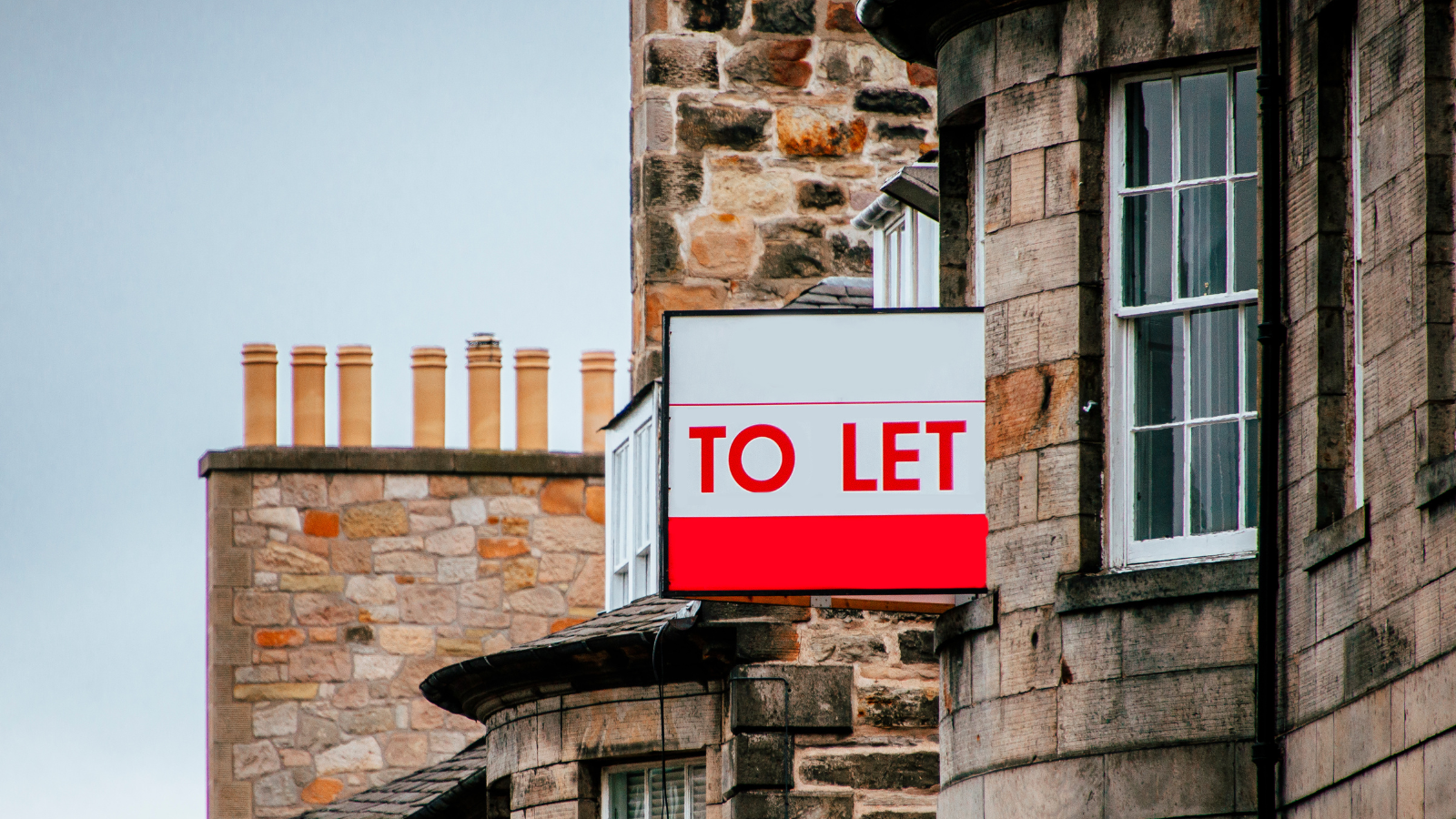- People
- Expertise
Our expertise
We are a team of more than 600 professionals, with the depth of experience which makes us genuine experts in our fields. Together, gunnercooke’s people have strength across just about every corporate discipline and sector. We provide legal, commercial and strategic advice that delivers real value to the clients we work with, which span from multinational enterprises through to not-for-profit organisations. Our breadth of expertise covers some of the most interesting emerging disciplines such as charity, crypto, sports and competition law.
Search by practice areaDispute ResolutionDispute Resolution OverviewMeet the Dispute Resolution TeamIntellectual Property DisputesFinancial Services & FinTech OverviewProceeds of CrimeEmployment TribunalTax InvestigationProperty Dispute ResolutionInsolvency DisputesMediationCivil Fraud & Asset TracingHealth & SafetyBusiness Crime & InvestigationsLitigation & ArbitrationInternational Arbitration - International
International Offices
The gunnercooke group has 16 main global offices across England, Scotland, the US, Germany and Austria, with further plans for growth in the coming years. These offices enhance the existing in-house capability of our dedicated international teams and dual-qualified experts that cover Spain, France, Italy, Portugal, Brazil, China, India, Poland and Hungary. Our team have clients across 123 jurisdictions, speak 46 languages and are dual-qualified in 21 jurisdictions. Our expertise means we can offer large teams to carry out complex cross-border matters for major international clients.
- Our story
Our story
gunnercooke is a Top 70 law firm. We comprise a rapidly growing number of experts spanning legal and other disciplines. Clients benefit from flexible options on fees to suit their needs, access to a wider network of senior experts throughout the relationship, and legal advice which is complemented by an understanding of the commercial aspects of running a business.
- Reading Room
- News & Insights

In March 2025, the UK Government published its Commonhold White Paper, setting out proposed reforms to the ownership and management of flats and other units in multi-occupied buildings in England and Wales. Although Commonhold was introduced in 2002, it has rarely been used. The current proposals aim to make Commonhold a practical and attractive alternative to leasehold ownership.
A draft Leasehold and Commonhold Reform Bill is expected in the second half of 2025. Developers, funders, and property professionals are encouraged to engage with the proposals in preparation for what may be a significant shift in residential development practice.
What is Commonhold?
Commonhold is a form of property ownership that allows a person to own their individual unit, such as a flat, outright. All unit owners automatically become members of a Commonhold association, which is a company limited by guarantee. This association owns and manages the shared areas of the building or development, such as entrances, corridors, lifts, gardens or parking spaces.
A document known as the Commonhold community statement sets out the rights, responsibilities and contributions of each unit owner, along with any local rules specific to that development. This creates a standardised legal framework that applies equally to all owners.
Unlike leasehold, Commonhold does not involve a landlord. There is no fixed term of ownership, no ground rent, and no lease to extend. Owners collectively control the management of the building through the association, making decisions together.
Why is reform needed?
Although Commonhold was introduced through the Commonhold and Leasehold Reform Act 2002, it has seen limited use in practice. The original legislation lacked the flexibility needed for more complex or mixed-use developments. It also did not support common arrangements such as phased construction, shared ownership, or Islamic finance.
At the same time, the leasehold system has become increasingly criticised. Leaseholders often face costly lease extensions, rising service charges and limited influence over the management of their buildings. While recent reforms have addressed issues such as ground rents and leasehold houses, the underlying structure remains.
The White Paper aims to resolve these challenges by modernising Commonhold and making it the default form of tenure for flats and other multi-occupied residential developments.
What changes are being proposed?
The Government’s proposals are based on the Law Commission’s 2020 recommendations and include:
- Developer control during construction and initial sales, with a phased transition to unit-owner management
- Greater flexibility to allow Commonhold in complex and mixed-use developments.
- A standardised community statement to simplify legal drafting and improve buyer understanding.
- Mandatory reserve funds to support long-term maintenance.
- A more accessible dispute resolution process within the Commonhold association
- Stronger powers to recover unpaid contributions.
- Changes to support shared ownership and Islamic finance structures within Commonhold.
The Government is also working to create a simpler and faster process for converting existing leasehold buildings to Commonhold. Under current law, conversion requires unanimous consent from leaseholders, which is rarely achievable in practice.
What Might Developers Consider Doing Now?
Until the draft legislation is published, there are limits to what developers can change in practice. However, there are two areas we suggest developers begin to think about at this stage.
First, it may be helpful to review future development pipelines to identify schemes that could be affected by a move to Commonhold. This includes projects still in the early design or planning stages, particularly those scheduled to begin after 2025. While there is no need to amend plans now, being aware of which developments might fall within a new framework allows for more flexible decision-making as details emerge.
Second, developers should ensure they are staying informed. The draft Bill is expected in the second half of 2025, and further announcements are likely in the meantime. Monitoring government updates, industry guidance and legal commentary will be key. Internal briefings may also help teams prepare for change and understand the potential direction of reform.
There may be other preparatory steps worth considering, depending on the size, structure, or timing of a given project. However, until the legal position is confirmed, it is advisable to remain flexible and avoid assumptions about future requirements.
What Happens Next?
The Government has stated its intention for Commonhold to become the standard form of ownership for new residential flats in England and Wales. The proposed reforms aim to deliver a tenure that gives unit owners more control and clarity, while still allowing developers the tools needed to manage construction and sales.
A draft Leasehold and Commonhold Reform Bill is expected in the second half of 2025. Further technical detail and consultation will follow.
To track the progress of the legislation, visit the UK Parliament’s official tracker:
https://bills.parliament.uk/bills/3523
If you’d like to discuss any of this in further detail, please contact Claire-Elaine Arthurs.
Find out more about her practice here.
To receive all the latest insights from gunnercooke to your inbox, sign up below






